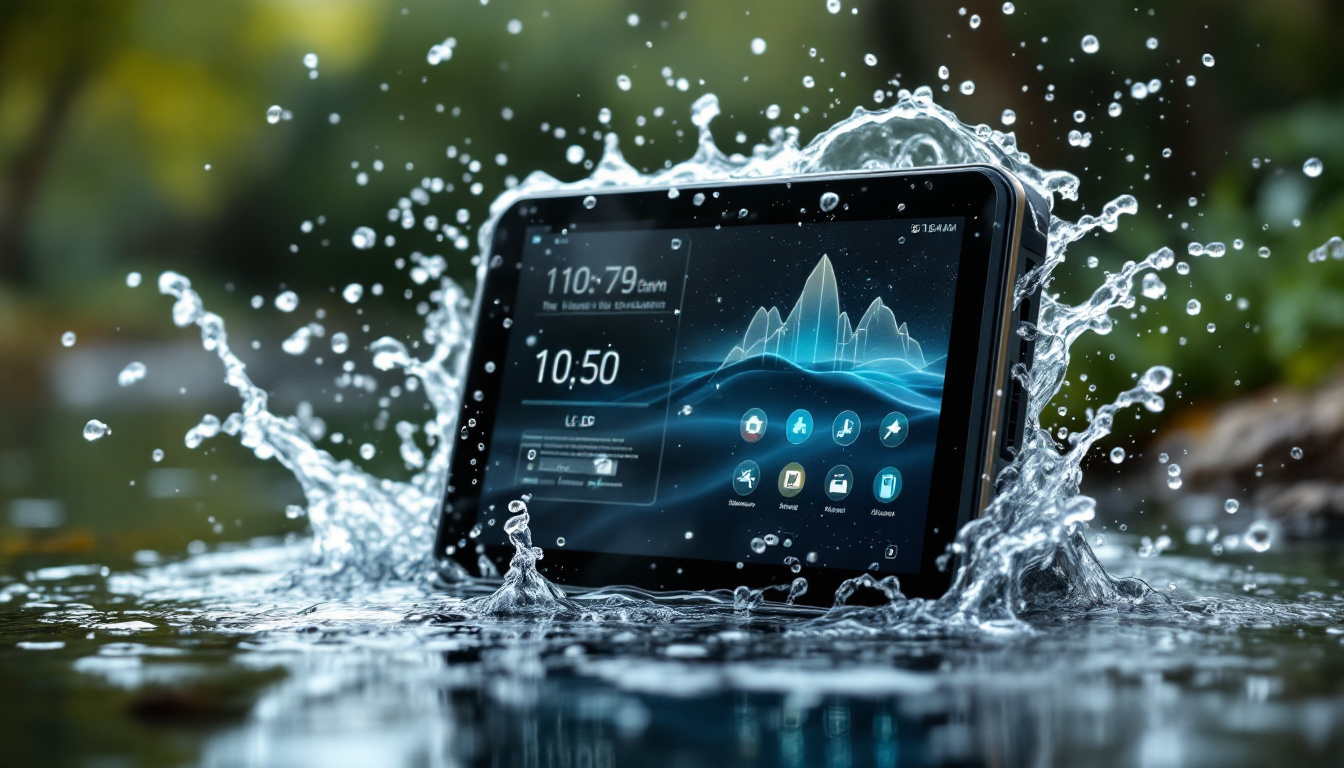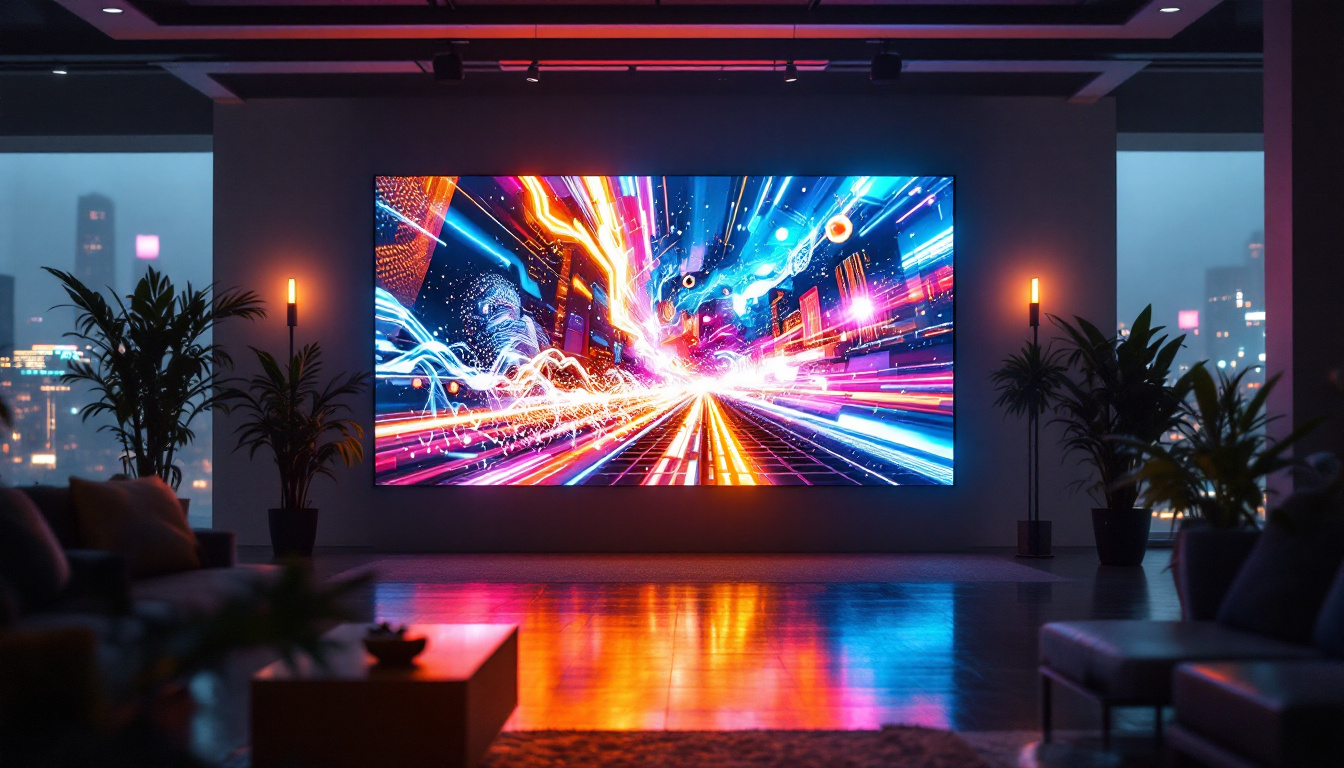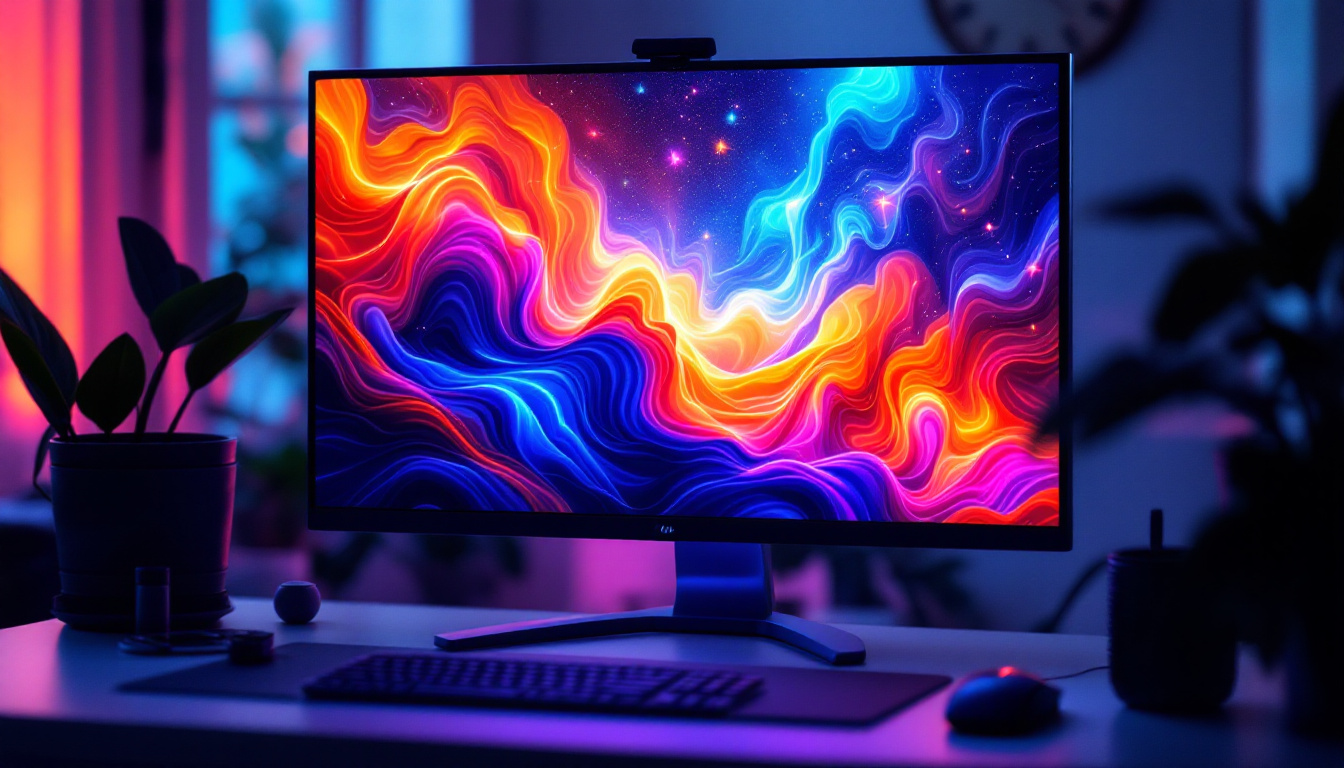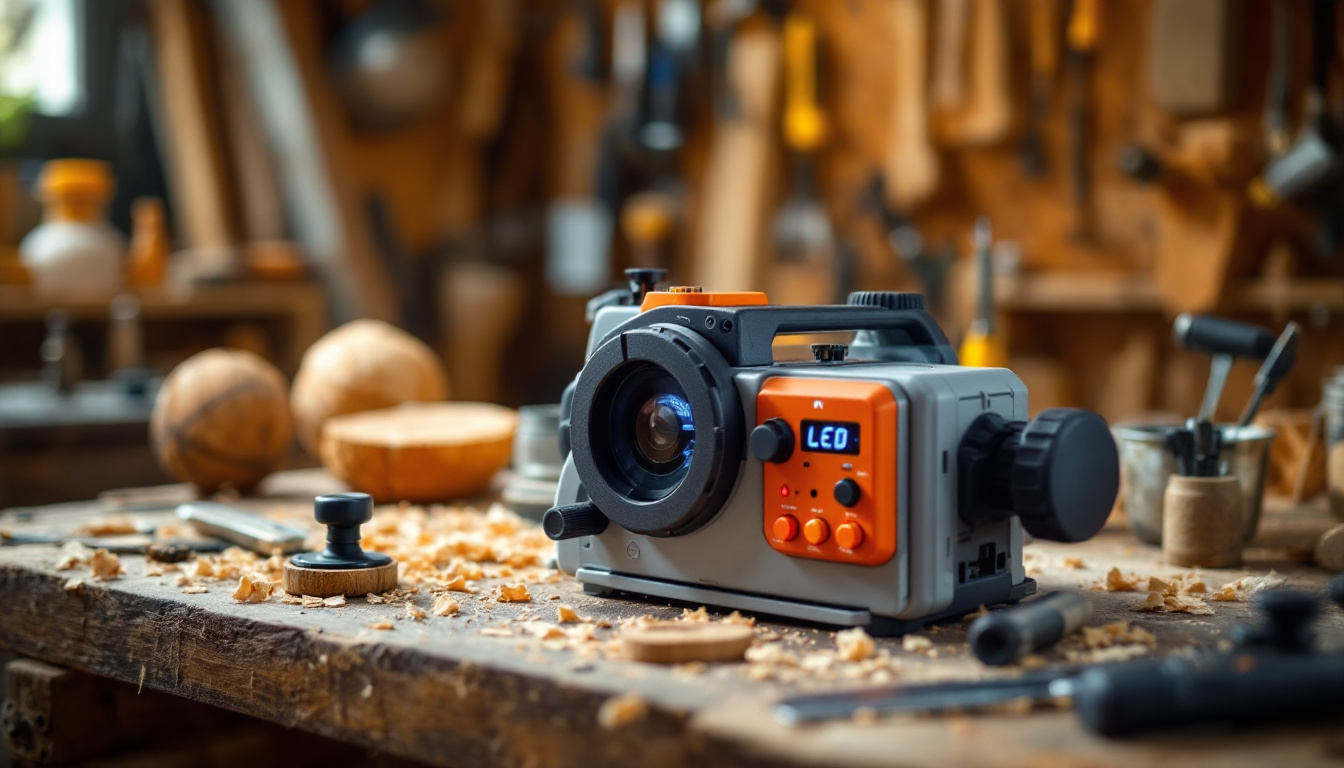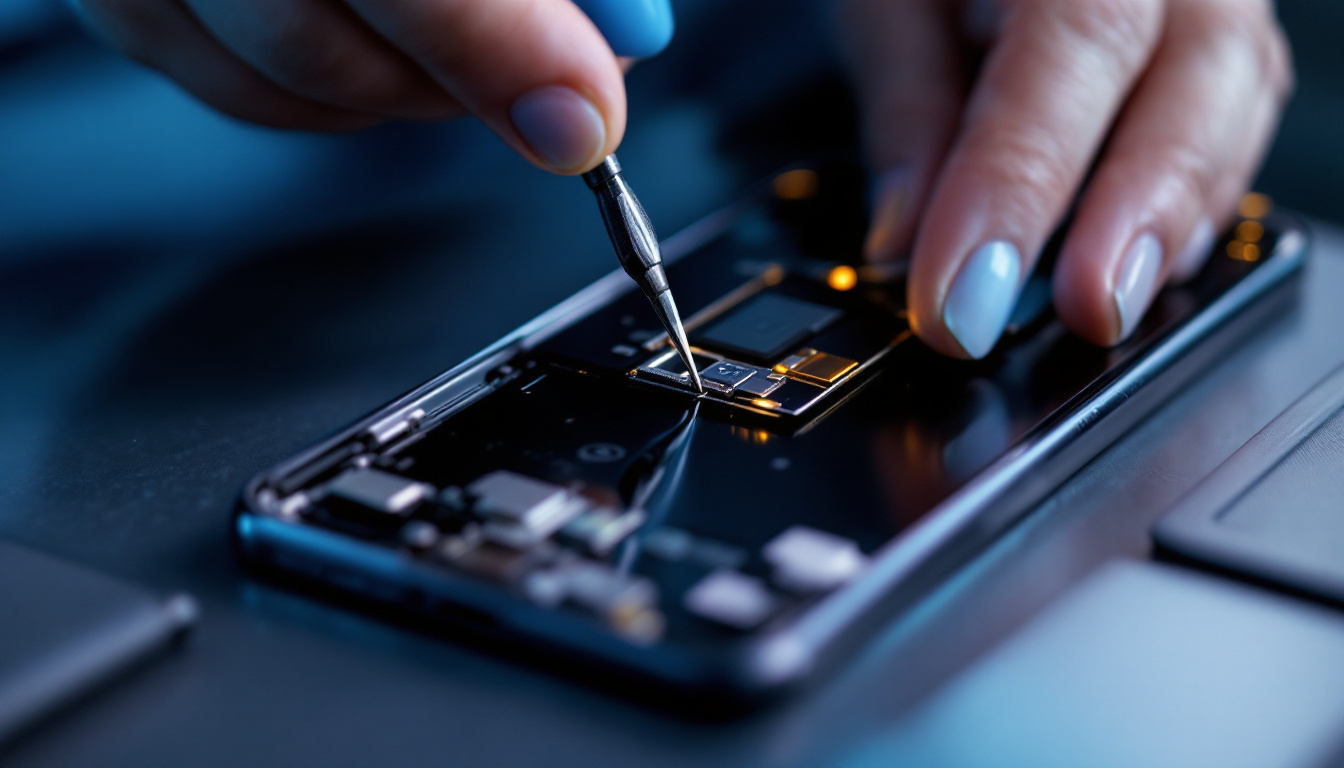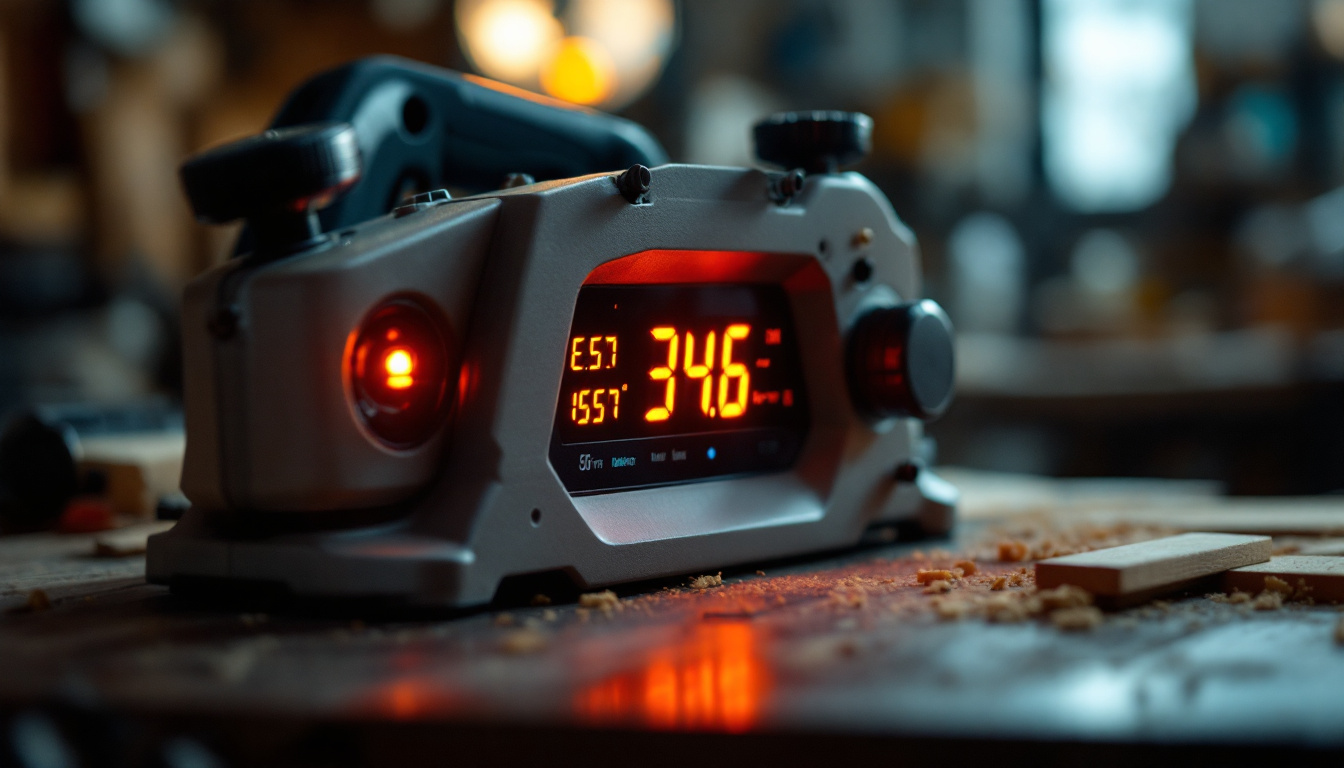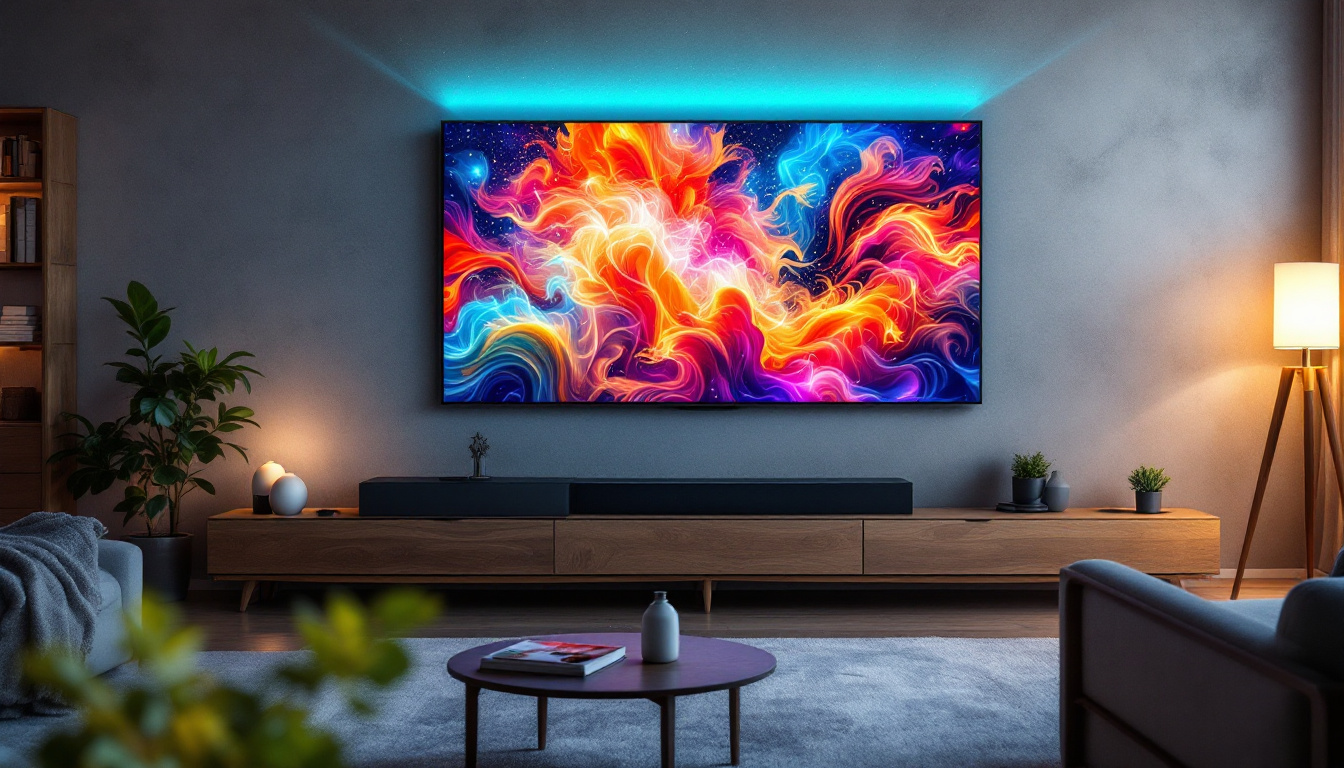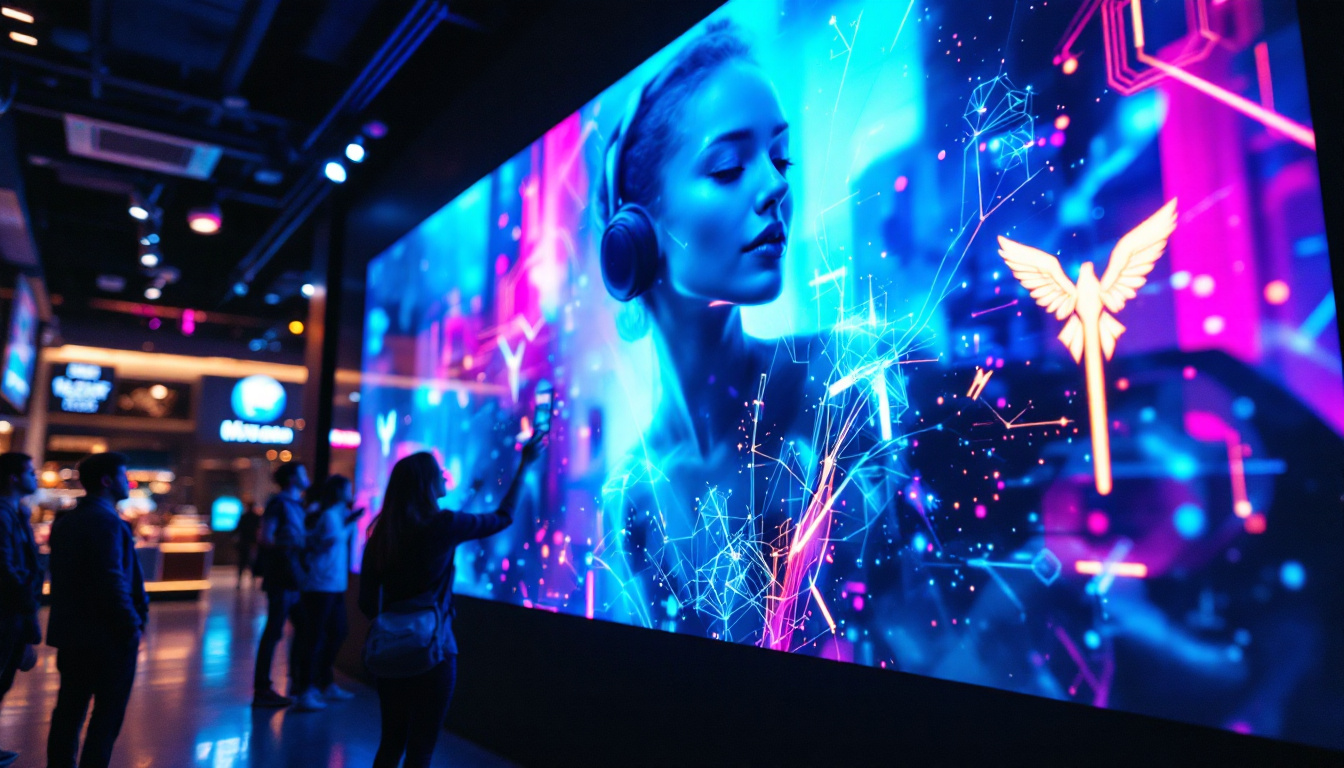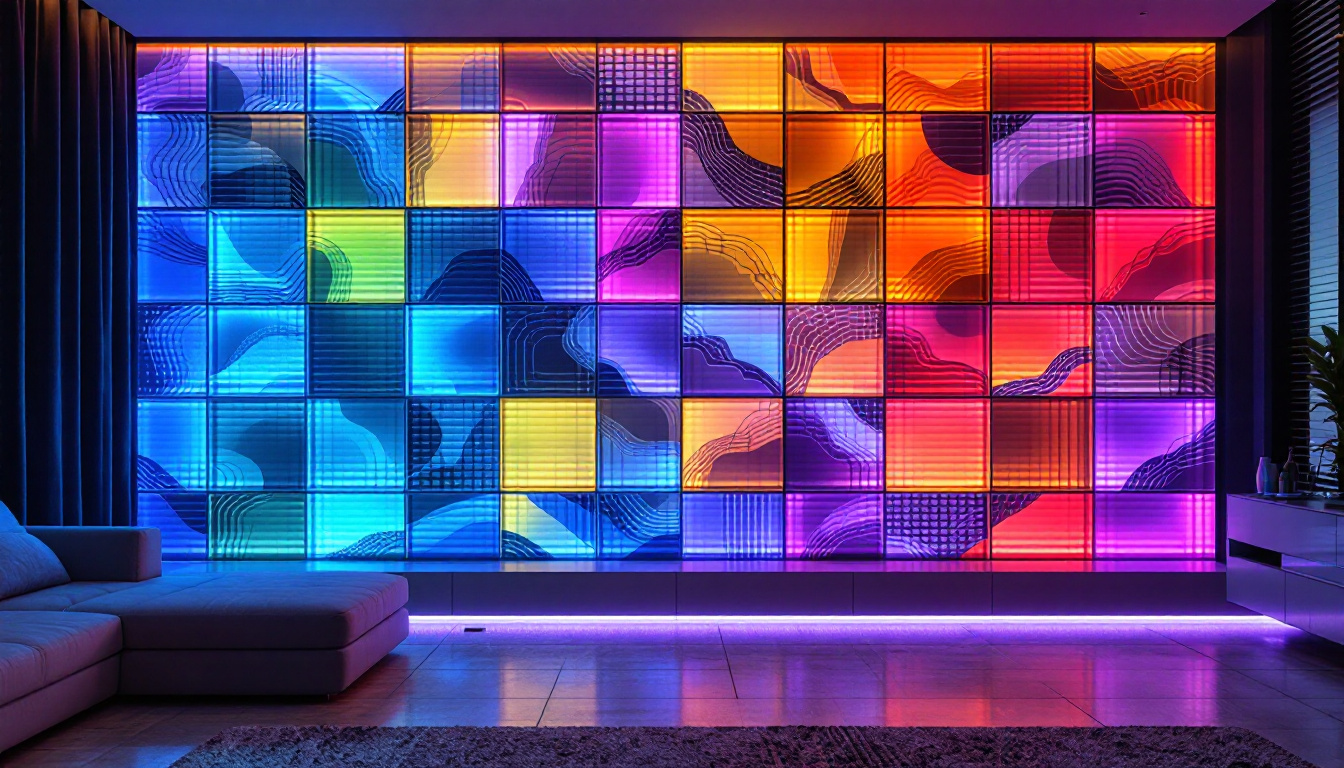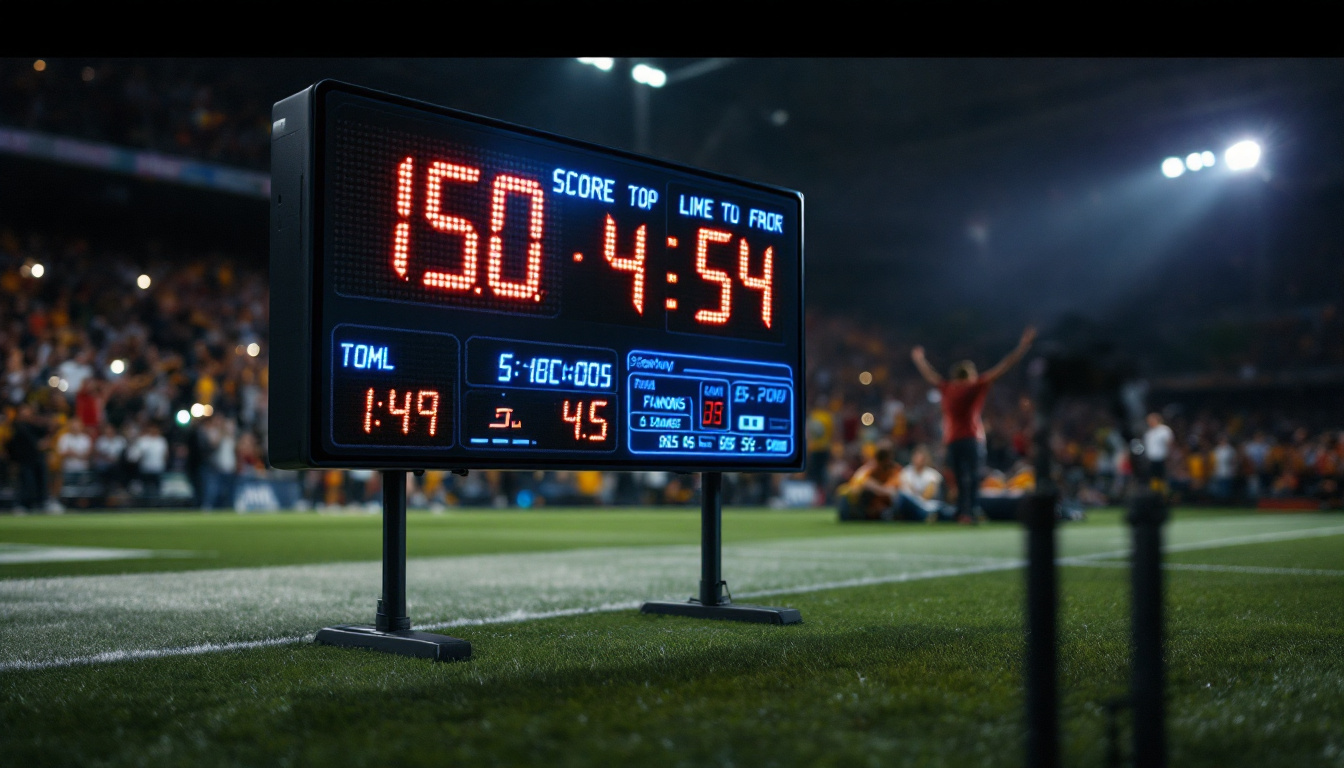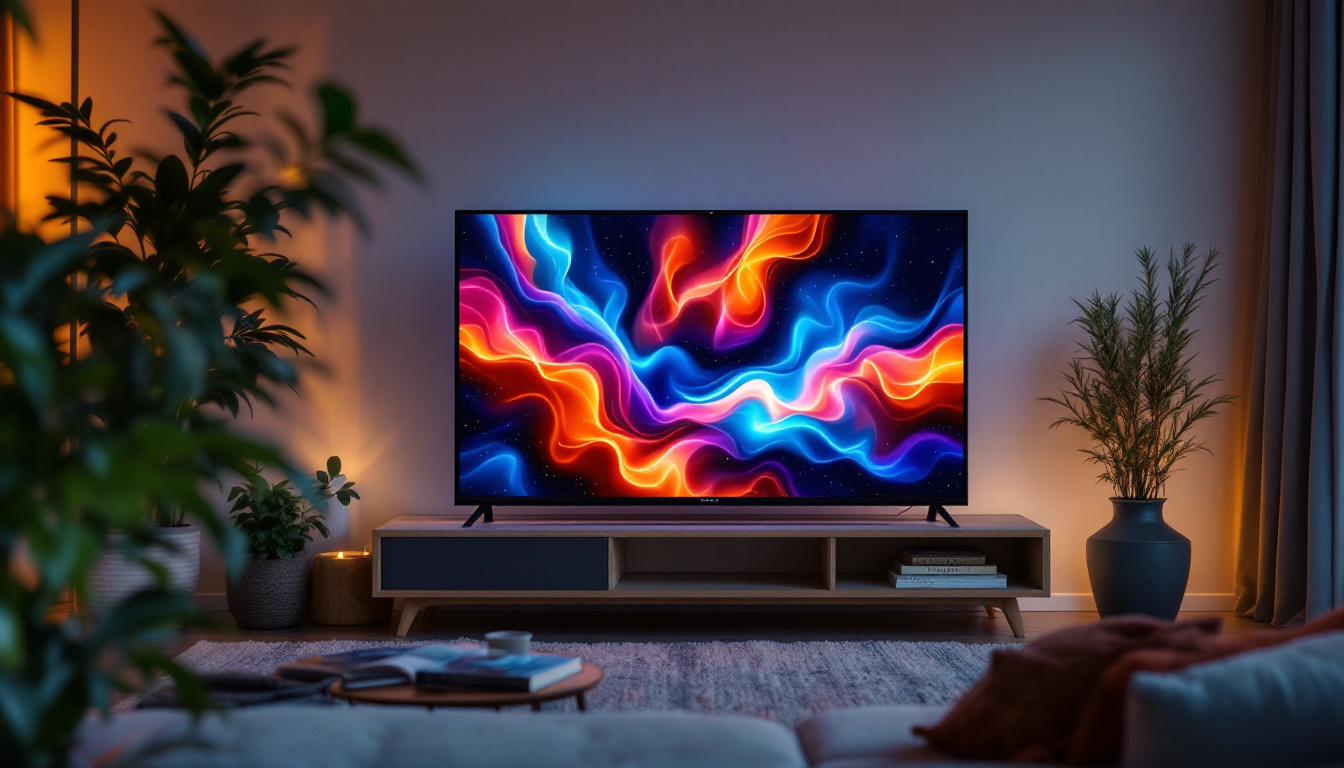In today’s digital landscape, the demand for versatile and robust display technologies is ever-increasing. One such innovation that has gained significant traction is the waterproof touch screen monitor. These monitors are designed to withstand harsh environments while providing an intuitive interface for users. This article delves into the intricacies of waterproof touch screen monitors, particularly focusing on LED display technology.
Understanding Waterproof Touch Screen Monitors
Waterproof touch screen monitors are specialized devices that integrate touch-sensitive technology with durable, water-resistant features. They are commonly used in various applications, including industrial settings, outdoor kiosks, and even in kitchens where spills and splashes are commonplace. These monitors not only enhance user interaction but also ensure reliability and longevity in environments that would typically compromise standard electronics.
Key Features of Waterproof Touch Screen Monitors
These monitors are built with several key features that set them apart from standard touch screens. The most notable feature is their IP (Ingress Protection) rating, which indicates the level of protection against dust and water. For instance, an IP65 rating signifies that the monitor is dust-tight and can withstand low-pressure water jets, making it suitable for outdoor use. This level of protection is crucial for maintaining functionality in unpredictable weather conditions, ensuring that users can rely on the device regardless of the environment.
Additionally, waterproof touch screen monitors often utilize durable materials such as tempered glass or polycarbonate, which not only protect the display from water but also from impacts and scratches. This durability is crucial in environments where equipment is subject to rough handling. Furthermore, many models are designed with anti-glare coatings, allowing for optimal visibility even in bright sunlight, which is particularly beneficial for outdoor applications where lighting conditions can be challenging.
Applications of Waterproof Touch Screen Monitors
The versatility of waterproof touch screen monitors allows them to be employed in various sectors. In the food and beverage industry, for example, these monitors can be used in kitchens to control orders and manage inventory without the risk of damage from spills. Their ease of cleaning and maintenance makes them ideal for environments where hygiene is paramount, enabling staff to quickly wipe down surfaces without fear of damaging the technology.
Moreover, they are increasingly being utilized in outdoor environments, such as transportation hubs and information kiosks, where weather conditions can vary dramatically. Their ability to function effectively in rain, snow, or extreme temperatures makes them invaluable in these settings. Beyond transportation, these monitors are also finding applications in smart cities, where they serve as interactive guides for tourists and residents alike, providing information on local attractions, public transport schedules, and emergency services. The integration of advanced touch technology with robust design ensures that these monitors remain functional and user-friendly, even in the most demanding conditions.
The Technology Behind LED Displays
LED (Light Emitting Diode) technology is at the forefront of modern display solutions, offering numerous advantages over traditional LCD screens. LED displays are known for their brightness, energy efficiency, and color accuracy, making them ideal for a wide range of applications.
How LED Displays Work
At the core of an LED display are tiny diodes that emit light when an electric current passes through them. These diodes can be arranged in various configurations to create images and videos. Unlike traditional LCDs that use fluorescent backlighting, LED displays provide direct light, resulting in sharper images and more vibrant colors.
Furthermore, LED technology allows for thinner and lighter displays, which is particularly beneficial for touch screen monitors that need to be both portable and easy to install. The slim profile of LED displays also contributes to a more modern aesthetic, appealing to a wide range of consumers. This sleek design not only enhances the visual appeal of the device but also facilitates better integration into various environments, from corporate offices to retail spaces, where aesthetics play a crucial role in consumer engagement.
Benefits of LED Technology in Waterproof Touch Screen Monitors
Integrating LED technology into waterproof touch screen monitors brings several benefits. Firstly, LED displays are highly energy-efficient, consuming less power than their LCD counterparts. This efficiency is especially important in environments where monitors are left on for extended periods.
Additionally, LED displays offer superior brightness levels, ensuring visibility even in direct sunlight. This feature is crucial for outdoor applications where glare can hinder usability. The enhanced contrast and color accuracy provided by LED technology also contribute to a better user experience, making interactions more intuitive and enjoyable. Moreover, the durability of LED displays is a significant advantage; they are less prone to damage from impacts and environmental factors, which is particularly beneficial in rugged outdoor settings or industrial applications where equipment is often subjected to harsh conditions. The combination of waterproofing and LED technology ensures that these monitors not only perform well but also stand the test of time, providing reliable service in challenging environments.
Choosing the Right Waterproof Touch Screen Monitor
Selecting the appropriate waterproof touch screen monitor involves considering several factors, including size, resolution, and intended use. Understanding these elements can help in making an informed decision that meets specific needs.
Size and Resolution
The size of the monitor is a critical consideration, as it directly impacts usability and visibility. Larger monitors are beneficial for applications requiring multiple users or for displaying detailed information. However, space constraints may necessitate a smaller display.
Resolution is equally important, as it determines the clarity of the images displayed. Higher resolutions, such as Full HD (1920 x 1080) or even 4K (3840 x 2160), provide sharper images and are ideal for applications where detail is paramount, such as in design and engineering environments.
Durability and Environmental Considerations
When choosing a waterproof touch screen monitor, it is essential to consider the environmental conditions it will be exposed to. Monitors with higher IP ratings are better suited for harsher environments, providing greater protection against water and dust.
Additionally, evaluating the materials used in the construction of the monitor can provide insights into its durability. Monitors made with rugged materials are more likely to withstand impacts and harsh handling, making them suitable for industrial applications.
Installation and Maintenance of Waterproof Touch Screen Monitors
Proper installation and maintenance are crucial for ensuring the longevity and optimal performance of waterproof touch screen monitors. Understanding the installation process and routine maintenance can help avoid common pitfalls and extend the life of the device.
Installation Guidelines
Installing a waterproof touch screen monitor typically involves mounting it securely to a wall or surface. It is essential to follow the manufacturer’s guidelines to ensure that the monitor is installed correctly and that all connections are secure. This includes ensuring that any cables are adequately protected from water exposure.
In outdoor settings, it is advisable to use weatherproof enclosures or mounts that provide additional protection against the elements. These enclosures can help shield the monitor from direct exposure to rain, snow, and extreme temperatures, further enhancing its durability.
Routine Maintenance Practices
Maintaining a waterproof touch screen monitor involves regular cleaning and inspection. It is important to use appropriate cleaning solutions that do not damage the screen or the protective coatings. Soft, lint-free cloths are recommended for cleaning to avoid scratching the surface.
Additionally, routine checks for any signs of wear and tear, such as cracks or water ingress, can help catch potential issues early. Keeping the monitor free from dust and debris will also ensure optimal performance and longevity.
Future Trends in Waterproof Touch Screen Technology
The field of waterproof touch screen monitors is continually evolving, driven by advancements in technology and changing user needs. Several trends are emerging that promise to shape the future of these devices.
Integration with IoT and Smart Technologies
As the Internet of Things (IoT) continues to expand, waterproof touch screen monitors are increasingly being integrated into smart systems. This integration allows for real-time data monitoring and control, enhancing the functionality of these devices in various applications.
For instance, in industrial settings, waterproof touch screens can be connected to sensors that monitor equipment performance, providing operators with immediate feedback and enabling proactive maintenance. This connectivity not only improves efficiency but also enhances safety in hazardous environments.
Advancements in Display Technology
Future developments in display technology, such as OLED (Organic Light Emitting Diode) and MicroLED, are also expected to impact waterproof touch screen monitors. These technologies promise even greater color accuracy, contrast ratios, and energy efficiency, further enhancing the user experience.
As these advancements become more accessible, manufacturers are likely to incorporate them into waterproof touch screen monitors, providing users with cutting-edge technology that meets their evolving needs.
Conclusion
Waterproof touch screen monitors represent a significant advancement in display technology, combining durability with intuitive user interfaces. The integration of LED technology enhances their performance, making them suitable for a wide range of applications in various environments.
As technology continues to evolve, these monitors will likely become even more versatile and efficient, paving the way for innovative uses across different sectors. By understanding the key features, applications, and maintenance practices associated with waterproof touch screen monitors, users can make informed decisions that align with their specific needs.
In a world where digital interaction is becoming increasingly prevalent, waterproof touch screen monitors are poised to play a crucial role in bridging the gap between technology and user experience.
Explore Cutting-Edge Waterproof LED Displays with LumenMatrix
Ready to elevate your digital experience with robust and interactive display solutions? LumenMatrix is at the forefront of LED display innovation, offering a diverse range of products that cater to your unique needs. From captivating Indoor LED Wall Displays to dynamic Outdoor LED Wall Displays, and from versatile Vehicle LED Displays to engaging LED Sports Displays, our solutions are designed to make a lasting impression. Discover how our Floor LED Displays, Custom LED Displays, All-in-One LED Displays, and LED Transparent Displays can transform your space and message. Embrace the future of visual communication with LumenMatrix and Check out LumenMatrix LED Display Solutions today to see how we can help you share your vision with the world.

